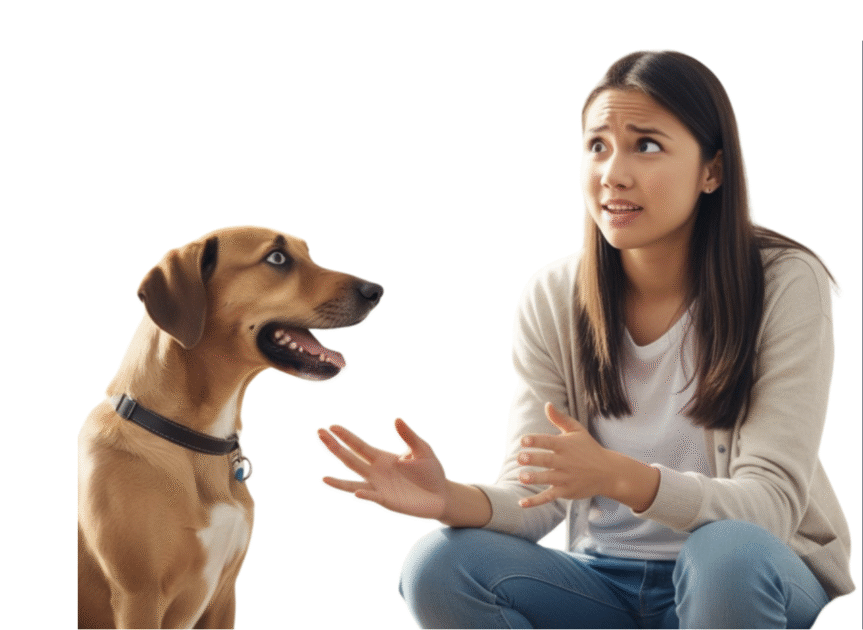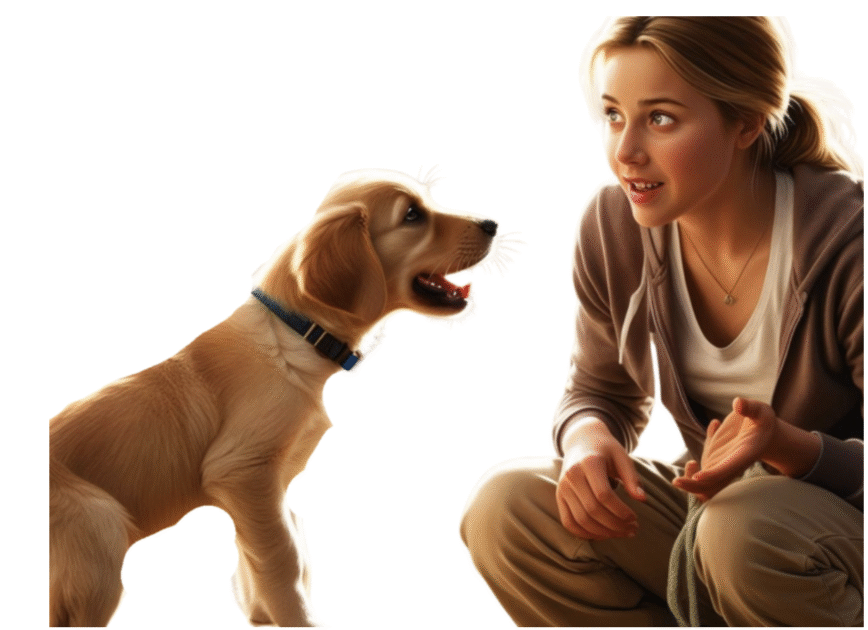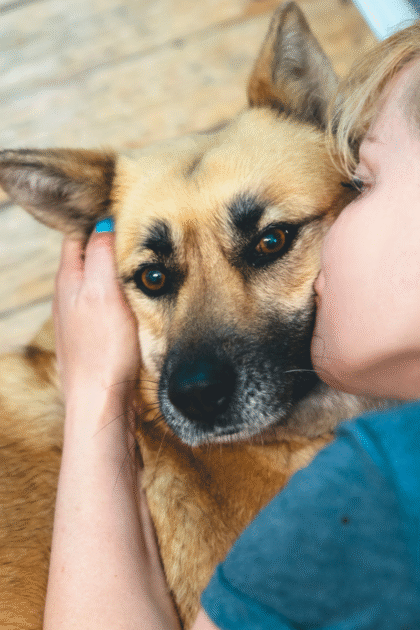Bad Dog Behavior: Identifying the Problem and Solutions
Dogs bring joy, companionship, and loyalty into our lives. But when their behavior becomes problematic, it can strain even the strongest bond between owner and pet. Bad dog behavior is more than just an annoyance—it can lead to stress for both the dog and the people around them. While it’s important to remember that no dog is “bad,” certain behaviors can certainly be disruptive. Understanding the root causes of these behaviors is the first step toward solving the issue and restoring harmony in the household.
Bad dog behavior can take many forms, from excessive barking and destructive chewing to aggressive tendencies. Often, these actions are a dog’s way of communicating their needs or responding to their environment. Owners must recognize these signals for what they are: a cry for help or guidance. With patience, knowledge, and the right techniques, these behaviors can be corrected, leading to a happier, more balanced dog.
Disclosure: This post may contain affiliate links, which means I may earn a small commission, at no cost to you, if you make a purchase through a link.
1. Understanding Bad Dog Behavior

Bad behavior in dogs is a term that encompasses a wide range of actions that are considered undesirable or problematic in a domestic setting. These behaviors may include, but are not limited to, excessive barking, biting, chewing on furniture, jumping on people, and leash-pulling during walks. It’s essential to note that what may seem like “bad behavior” to humans often stems from natural canine instincts or a lack of proper guidance and training.
Dogs, by nature, need boundaries, structure, and consistent communication. When these elements are missing, they can resort to behaviors that seem disruptive to us. For example, a dog left alone for long periods might chew on furniture out of boredom or anxiety, not out of malice. Therefore, understanding that bad behavior is often a result of unmet needs or confusion can help owners address the problem with empathy and effectiveness.
Disclosure: This post may contain affiliate links, which means I may earn a small commission, at no cost to you, if you make a purchase through a link.
2. Common Causes of Bad Dog Behavior

Several factors contribute to bad dog behavior, and one of the most common is the lack of adequate training and socialization. A dog that has not been properly socialized may exhibit fear-based behaviors such as aggression or nervousness around strangers, loud noises, or other animals. Training, which provides a dog with clear expectations and rewards for good behavior, is equally crucial. Without this guidance, dogs may develop habits like jumping up on visitors or ignoring commands.
Mental and physical stimulation also play a critical role in a dog’s behavior. Dogs are intelligent creatures that need regular engagement to prevent boredom. Without sufficient exercise or enrichment, dogs may turn to destructive behaviors, such as digging, chewing, or excessive barking, as a way to release pent-up energy. A lack of routine and structure can confuse dogs, leaving them uncertain of their role in the household, which can further lead to disobedience or erratic behavior.
3. How Bad Behavior Affects the Human-Canine Relationship

Bad dog behavior doesn’t just create chaos within the home—it can also damage the bond between a dog and its owner. When a dog repeatedly engages in problematic behaviors, such as ignoring commands, exhibiting aggression, or destroying personal belongings, frustration and stress naturally arise. This frustration can lead to a breakdown in communication and mutual trust between the dog and the owner, making it harder to correct the behavior over time.
The human-canine relationship is built on trust, respect, and clear communication. When a dog’s behavior becomes unruly, it can put a strain on daily interactions, turning moments that should be positive into stressful situations. For example, walking a dog that constantly pulls on the leash or reacts aggressively to other animals can make what should be an enjoyable activity feel like a chore. Addressing these behaviors promptly is essential to preserving a healthy, happy relationship between dogs and their owners.
4. Proven Methods to Correct Bad Dog Behavior

The most effective approach to correcting bad dog behavior is through positive reinforcement. This method rewards desired behaviors with treats, praise, or play, encouraging the dog to repeat those actions. For instance, if a dog jumps on people when they enter the house, teaching them to sit and rewarding that behavior will reinforce the idea that calm behavior is what gets attention. Positive reinforcement is not only more effective than punishment, but it also strengthens the bond between dog and owner.
Consistency is crucial when correcting bad behavior. Dogs thrive on routine and clear boundaries, so everyone in the household must be on the same page. If one person allows the dog to jump on the couch while another scolds them for it, the dog will become confused. Additionally, redirecting unwanted behaviors, such as offering a chew toy when the dog begins to chew on furniture, provides them with an acceptable alternative while still addressing the issue at hand. Over time, these methods encourage better behavior while ensuring the dog understands what is expected of them.

Sign up for a FREE mini course on training your Dog
0 Comments